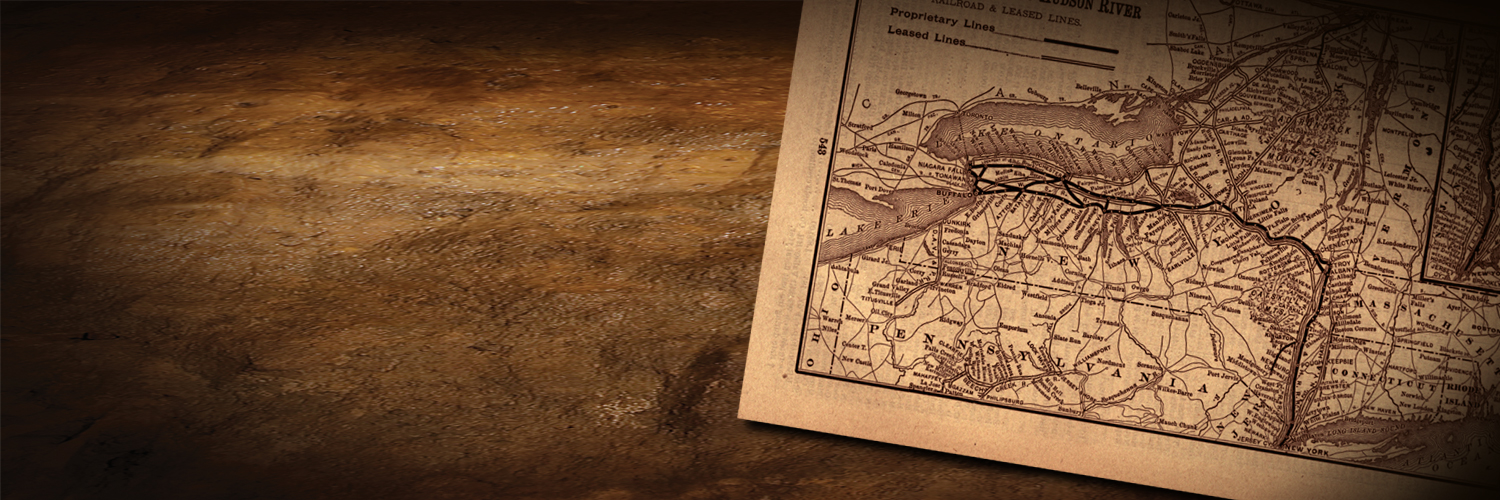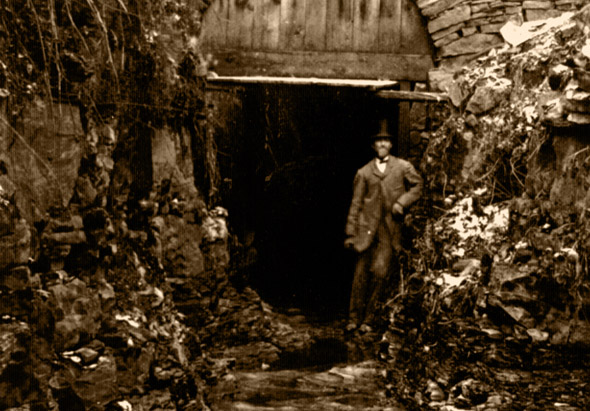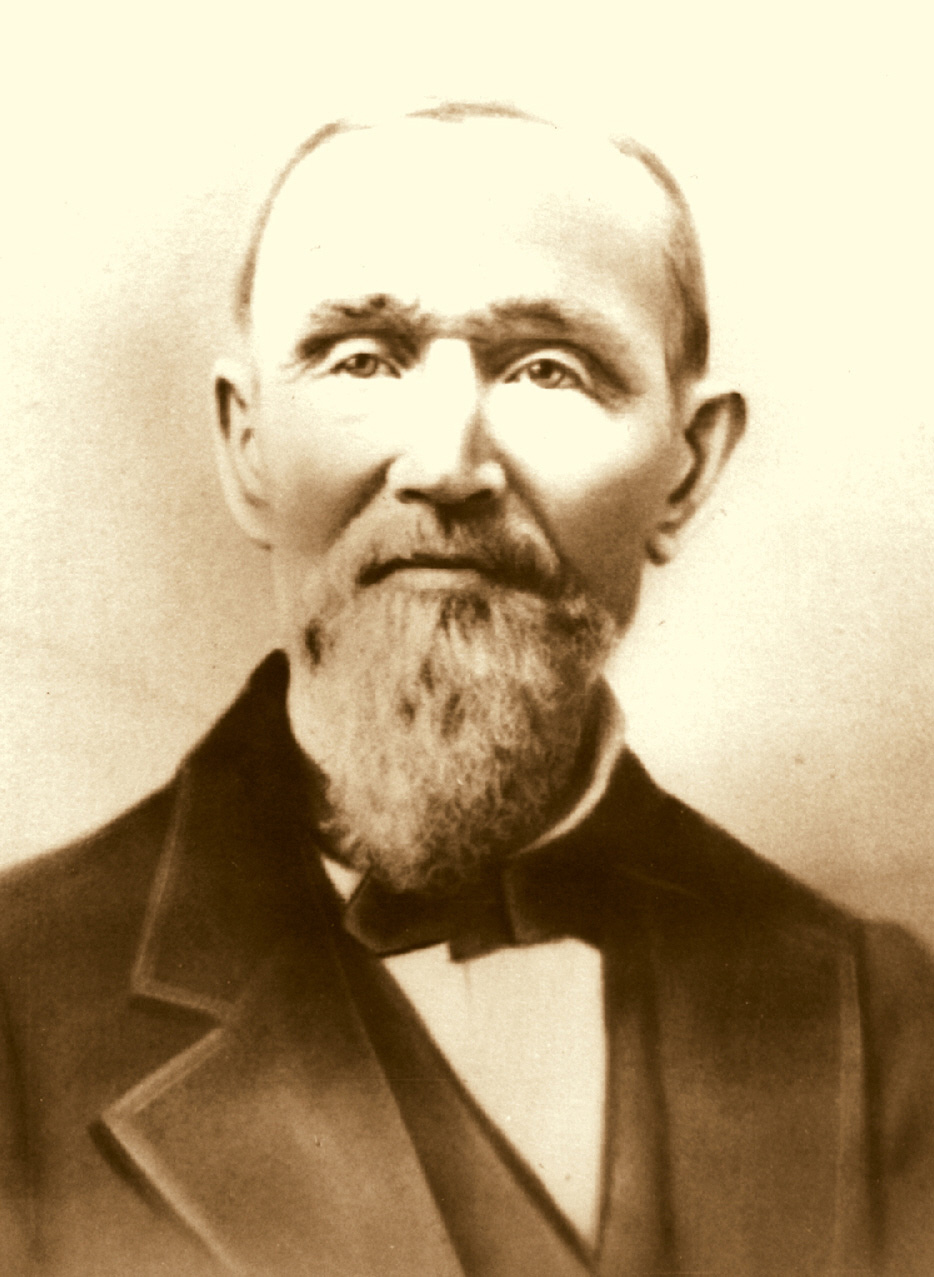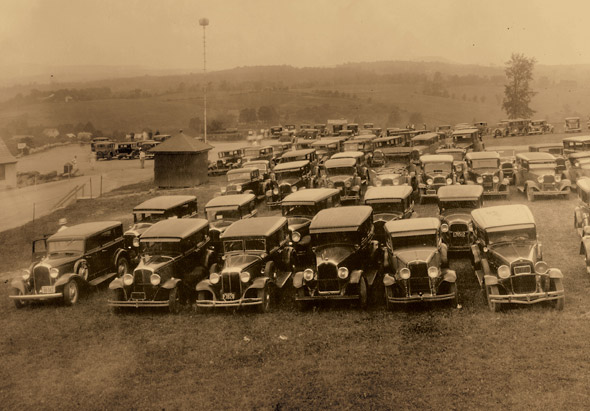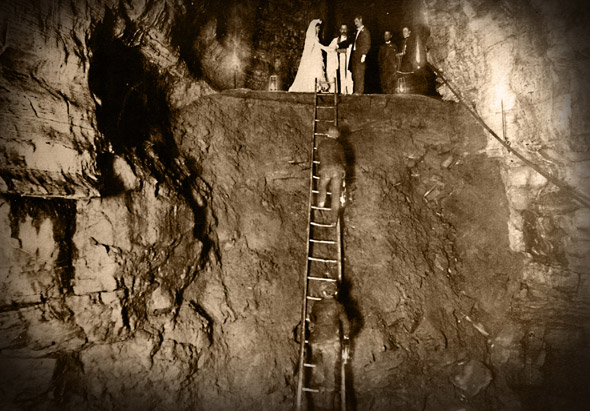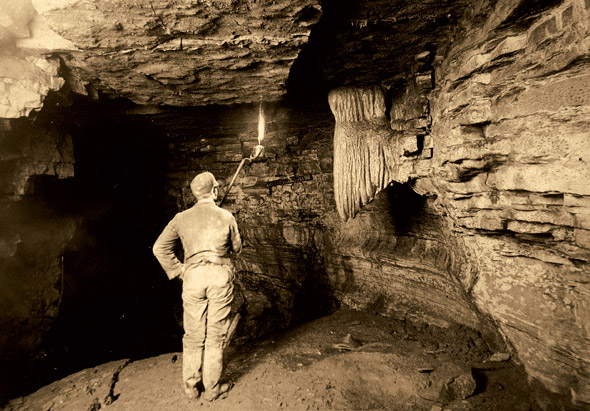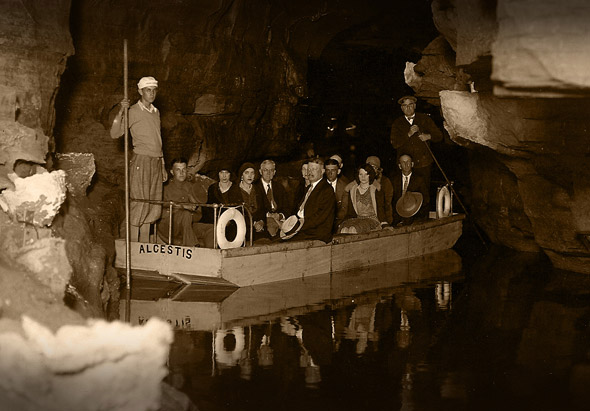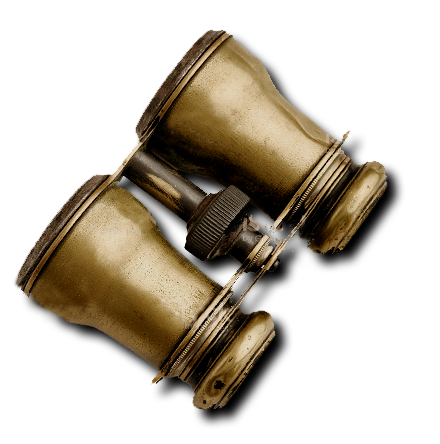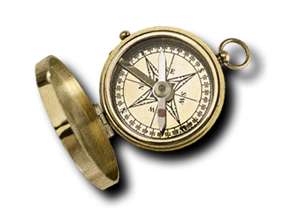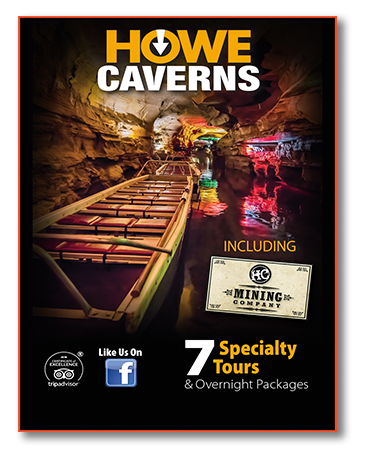Lester Howe’s Legacy
Traditional Cave Tours
Whether you live in New York, want to take a day trip, or are looking for a fun affordable overnight stay, Howe Caverns is one of the most exciting NYS natural attractions. On your journey you will wind through limestone corridors, pass through cavernous galleries, walk under massive boulders, and take a serene boat ride on a subterranean riverbed carved over countless millennia. The cave is 52°F (11°C) so a jacket or sweatshirt and closed-toed comfortable walking shoes are recommended. Flip flops are NOT permitted in the cave. The cave tour consists of a 1.25 mile walk with a 0.25 mile boat ride. There are 139 stairs throughout the tour.
Get ready to experience the most immersive escape rooms in the Capital Region.
“The Cave” is the first of three high-tech escape rooms to open at Howe Caverns.
Do you think YOU know HOWE TO ESCAPE!?
The Ultra-Max penitentiary known as “The Cave” houses the most notorious criminal geniuses in the country. Built 15 stories underground, The Cave has the latest in cutting-edge escape deterrent technology deployed in the facility. Many infamous individuals have spent the waning years of their lives behind its triple-reinforced cell walls and state-of-the-art security systems. This distinguished clientele has resulted in multiple escape attempts, but none have been successful… until now! A motley crew of the criminal elite, led by maniacal mastermind, Stu “The Flu” Galopso, have done the impossible and breached the confines of their containment sector. Society’s most dangerous and unpredictable fugitives are now at large, and only YOU can stop them!
Escape Room By Reservation Only **Currently Available Monday thru Saturday**
All ticket sales are nonrefundable and may not be exchanged.

